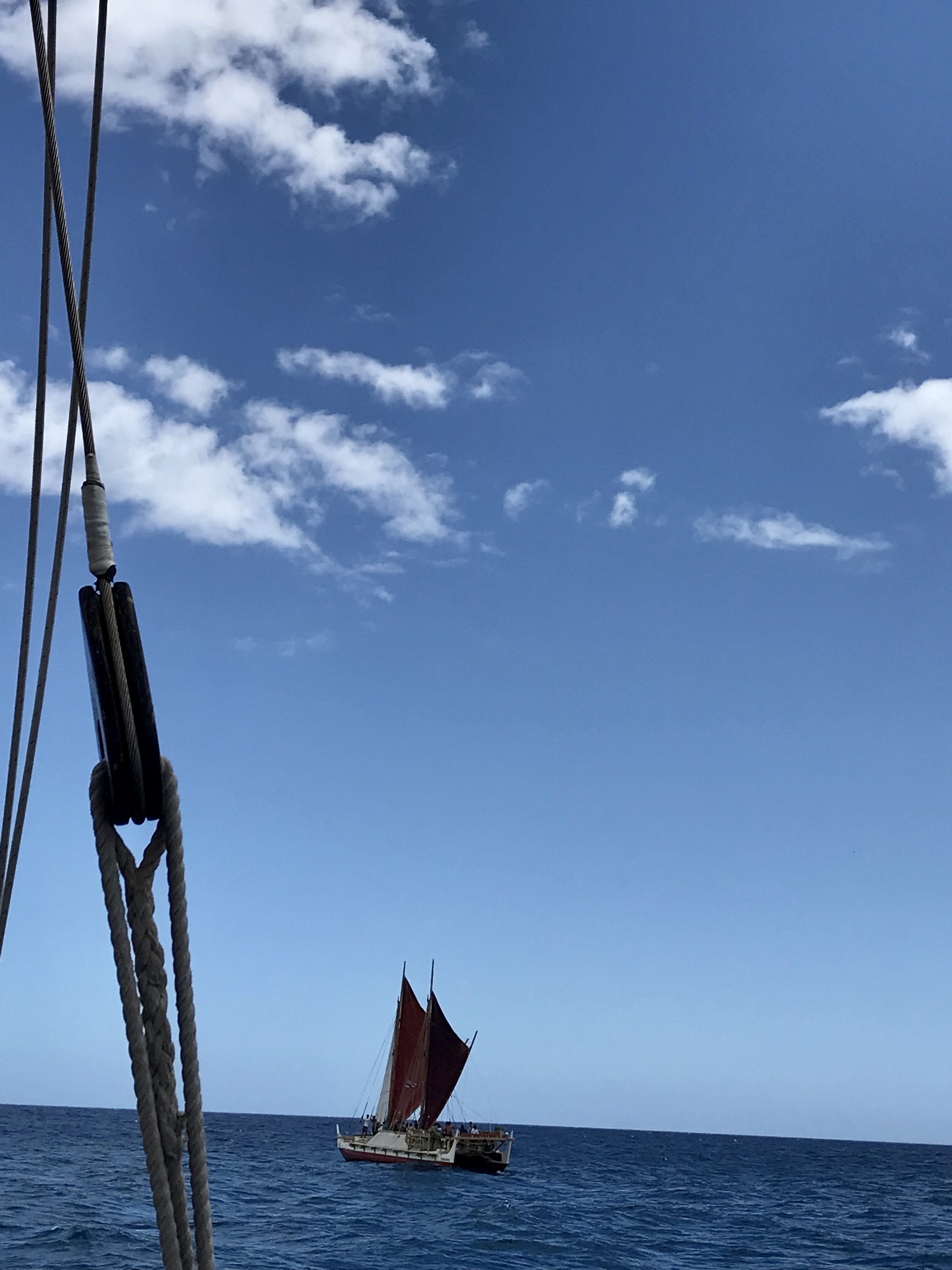Definition 4.3.1.
A vector is a quantity that has both magnitude and direction. The vector

